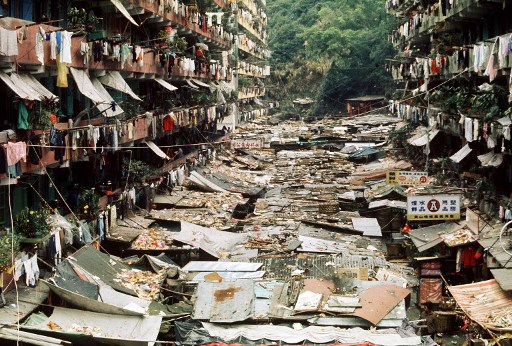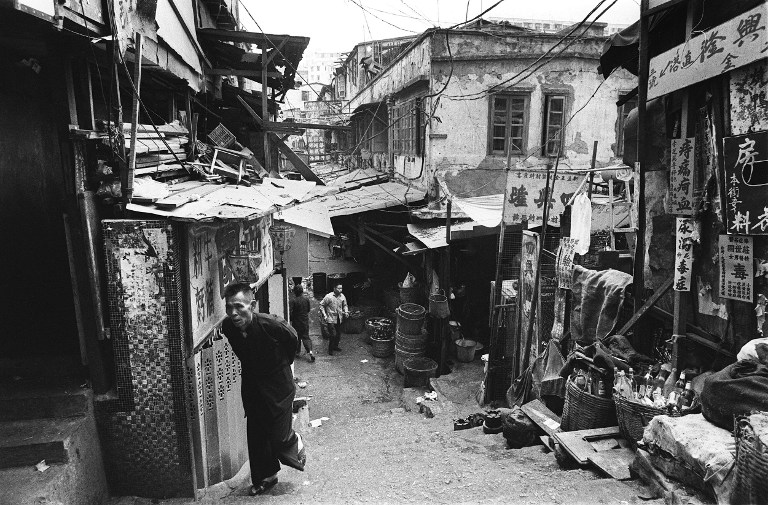The Hong Kong of the 1970s – with its hillside slums, junk-filled harbour and rickshaw drivers – is almost unrecognisable when compared to the city today. Georges Bendrihem takes us on a journey back to February 1972 through colour and black and white photography.

















